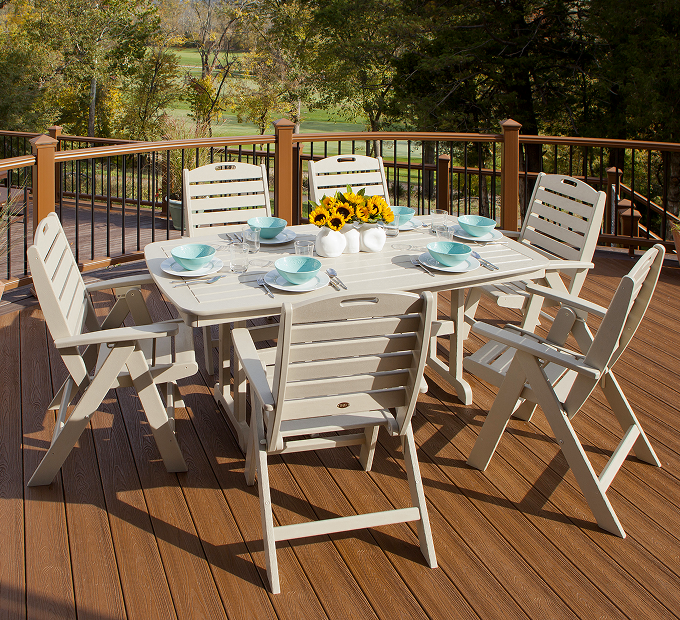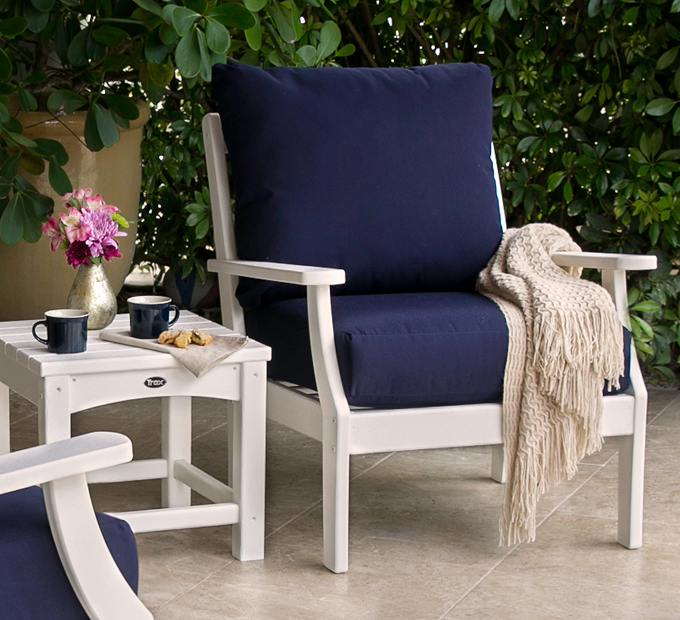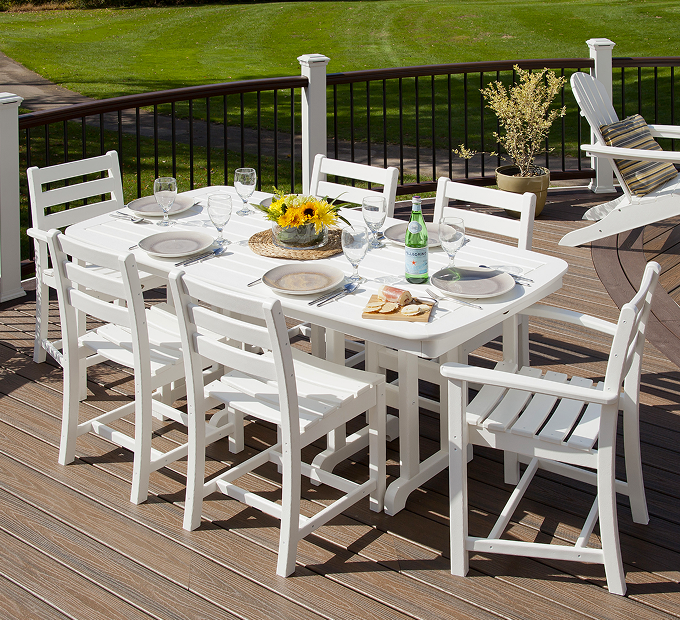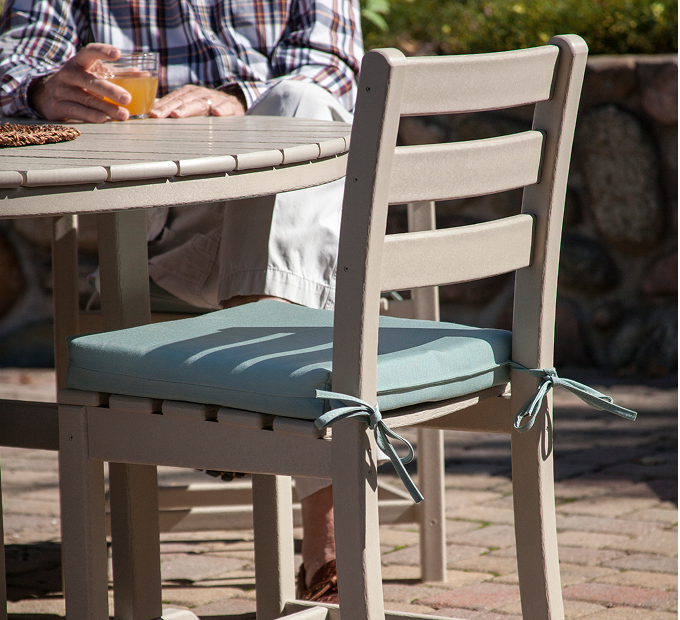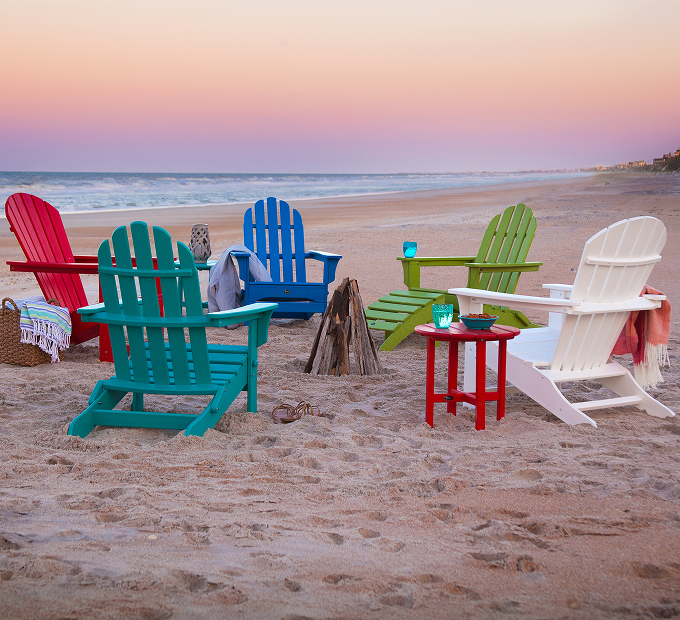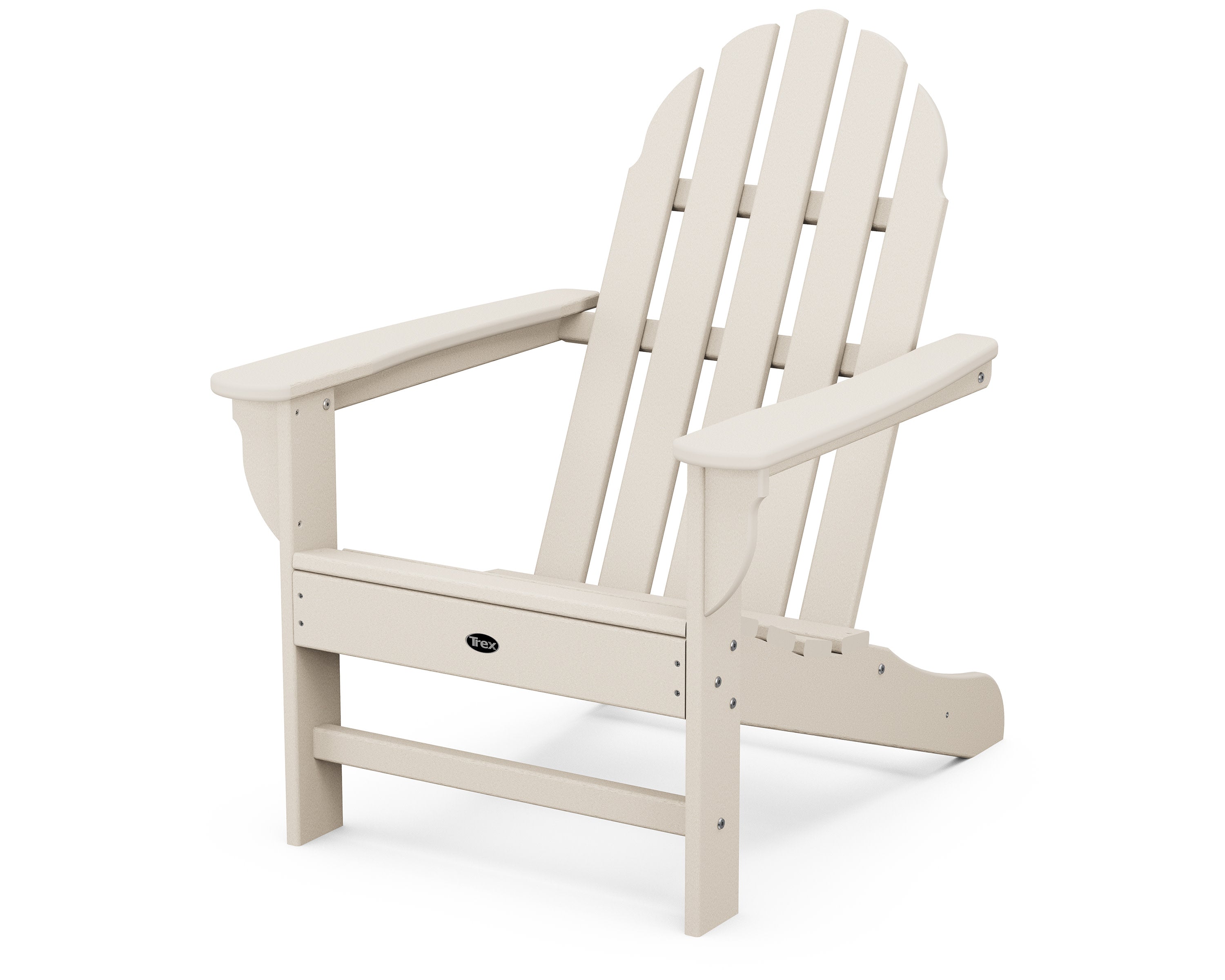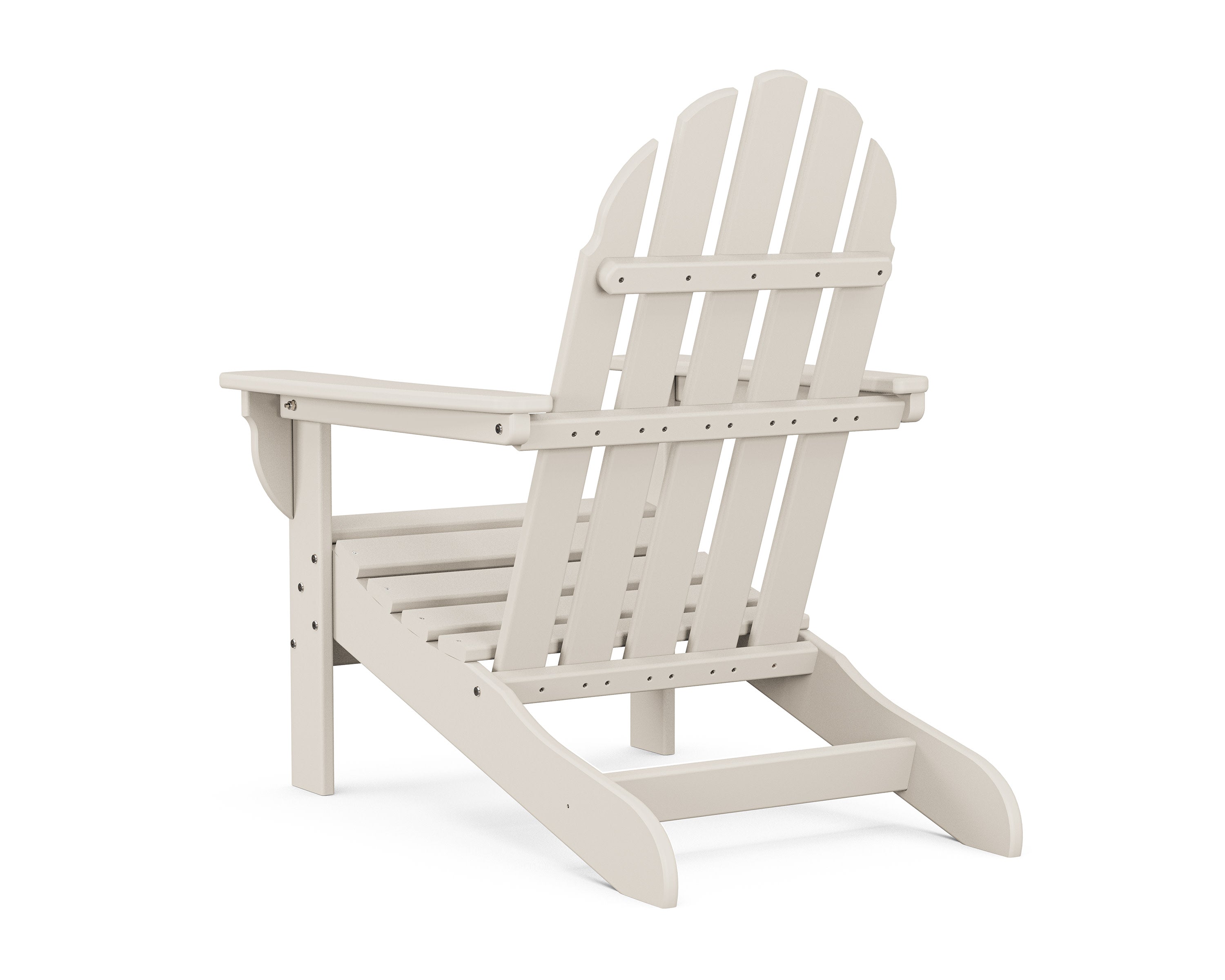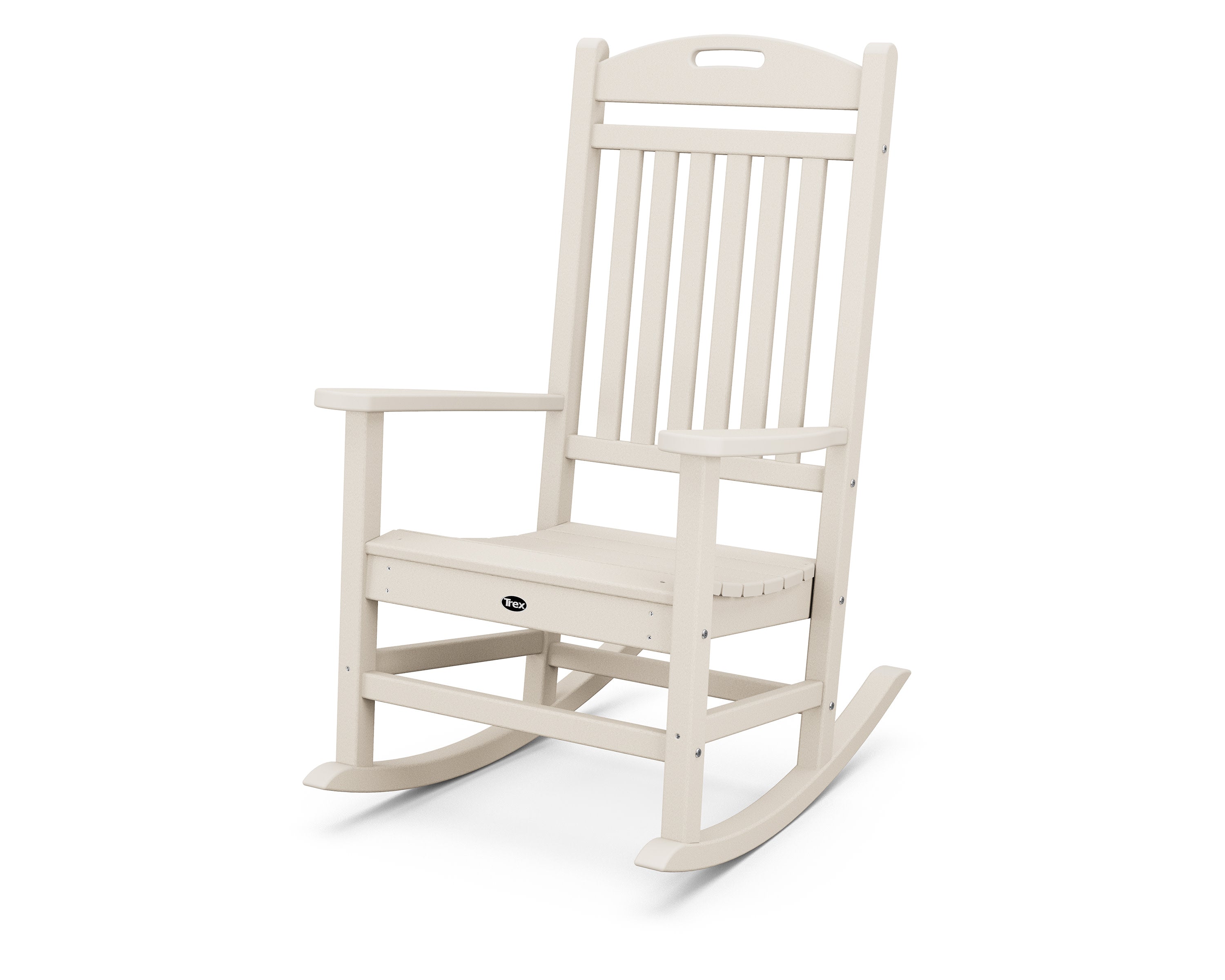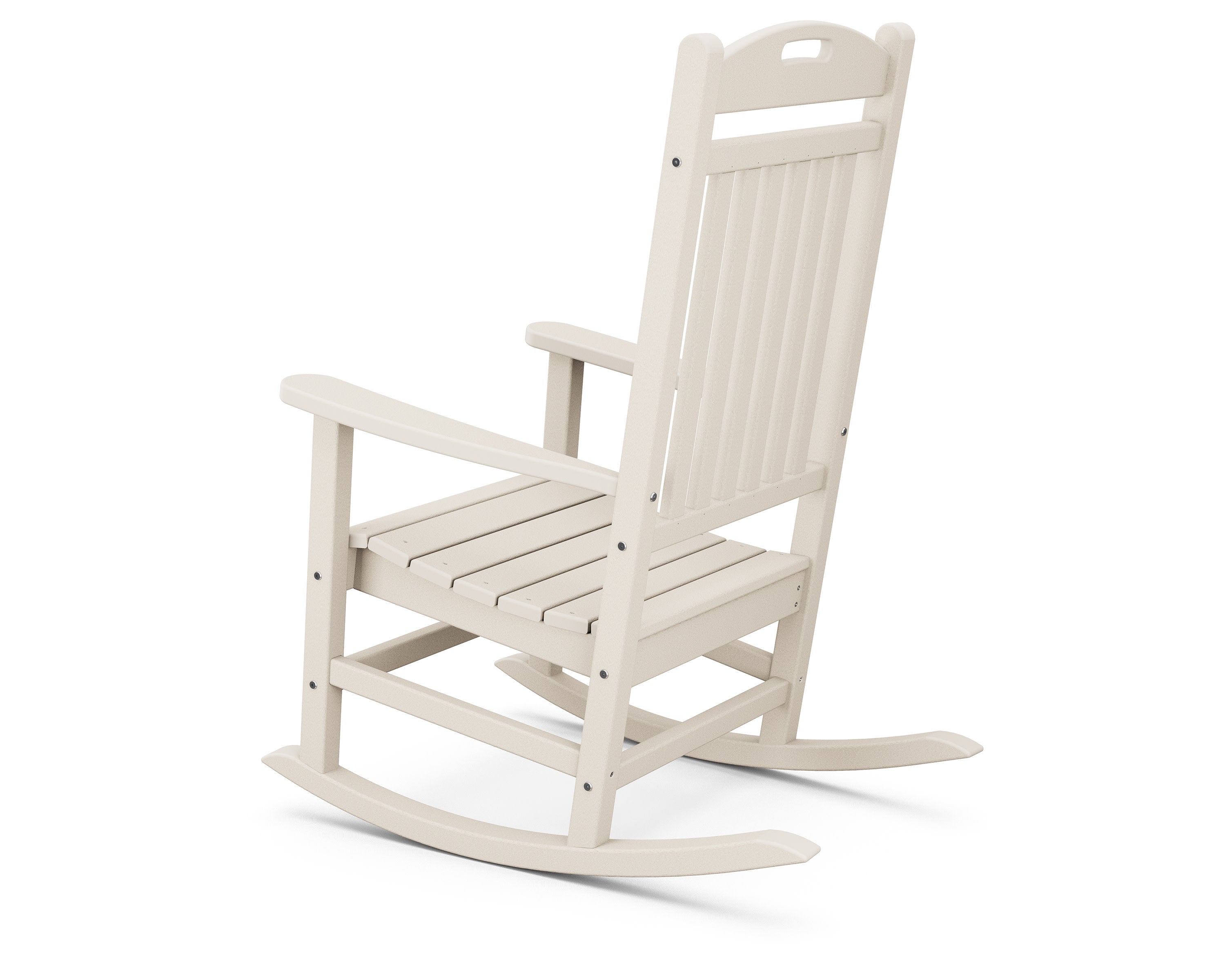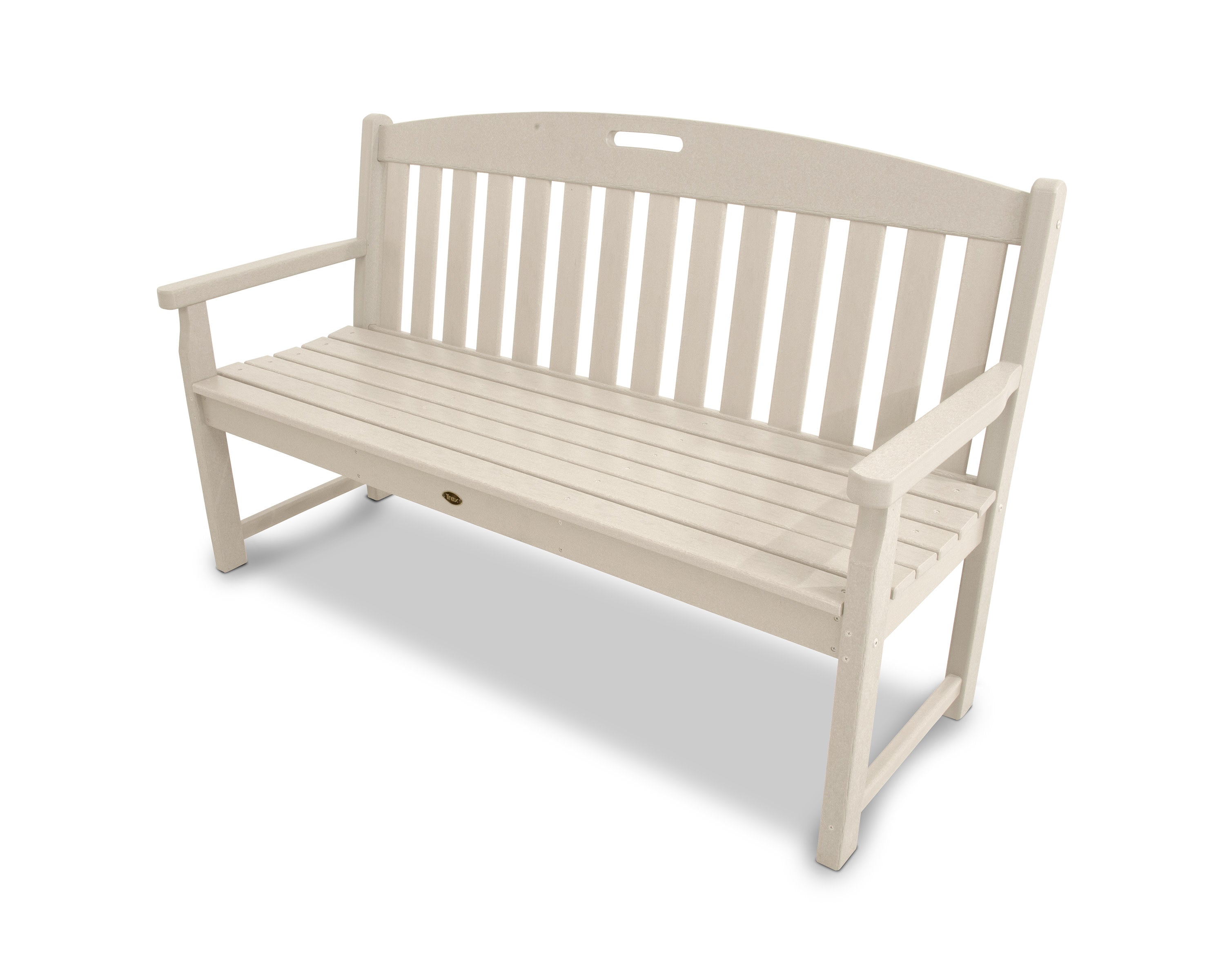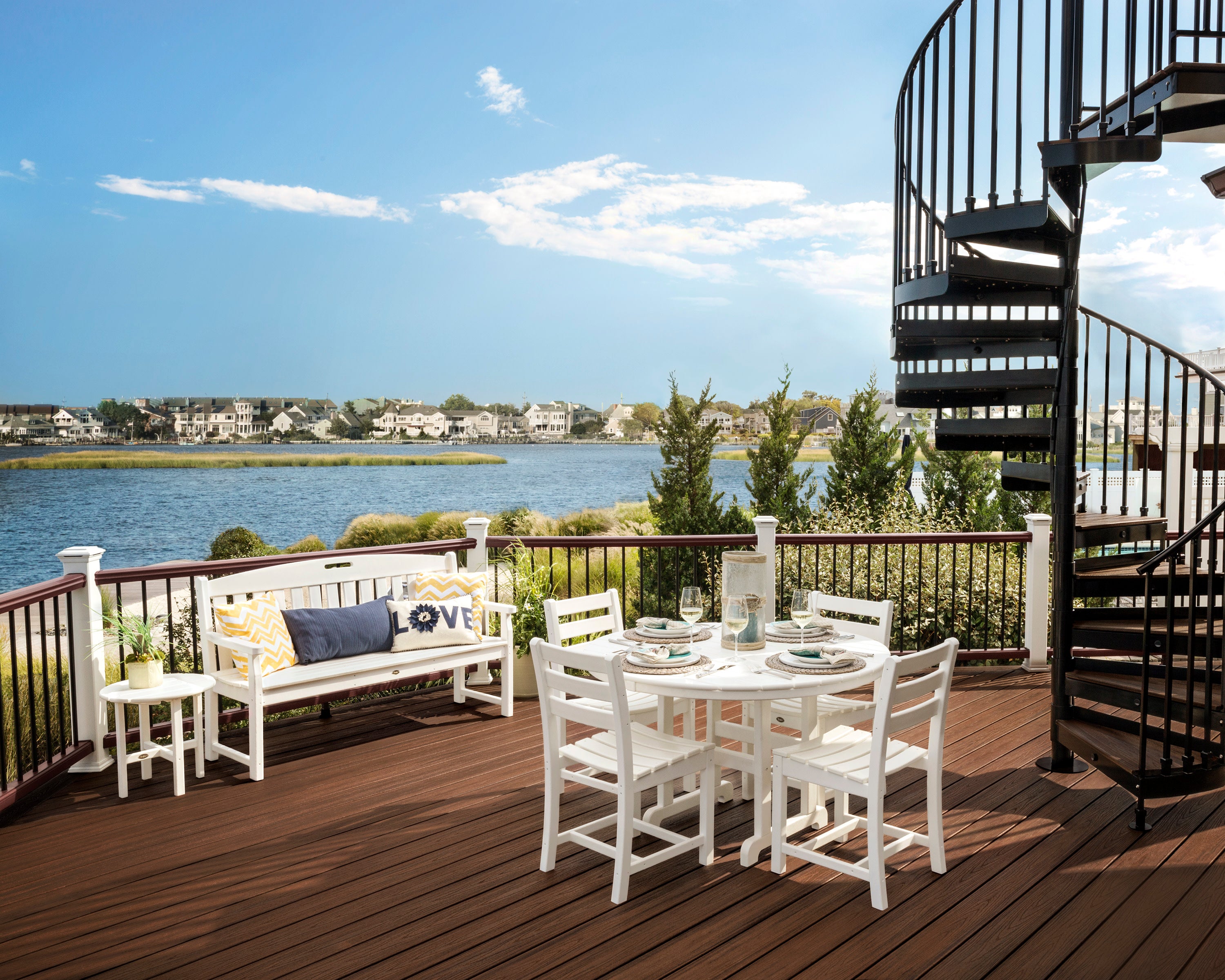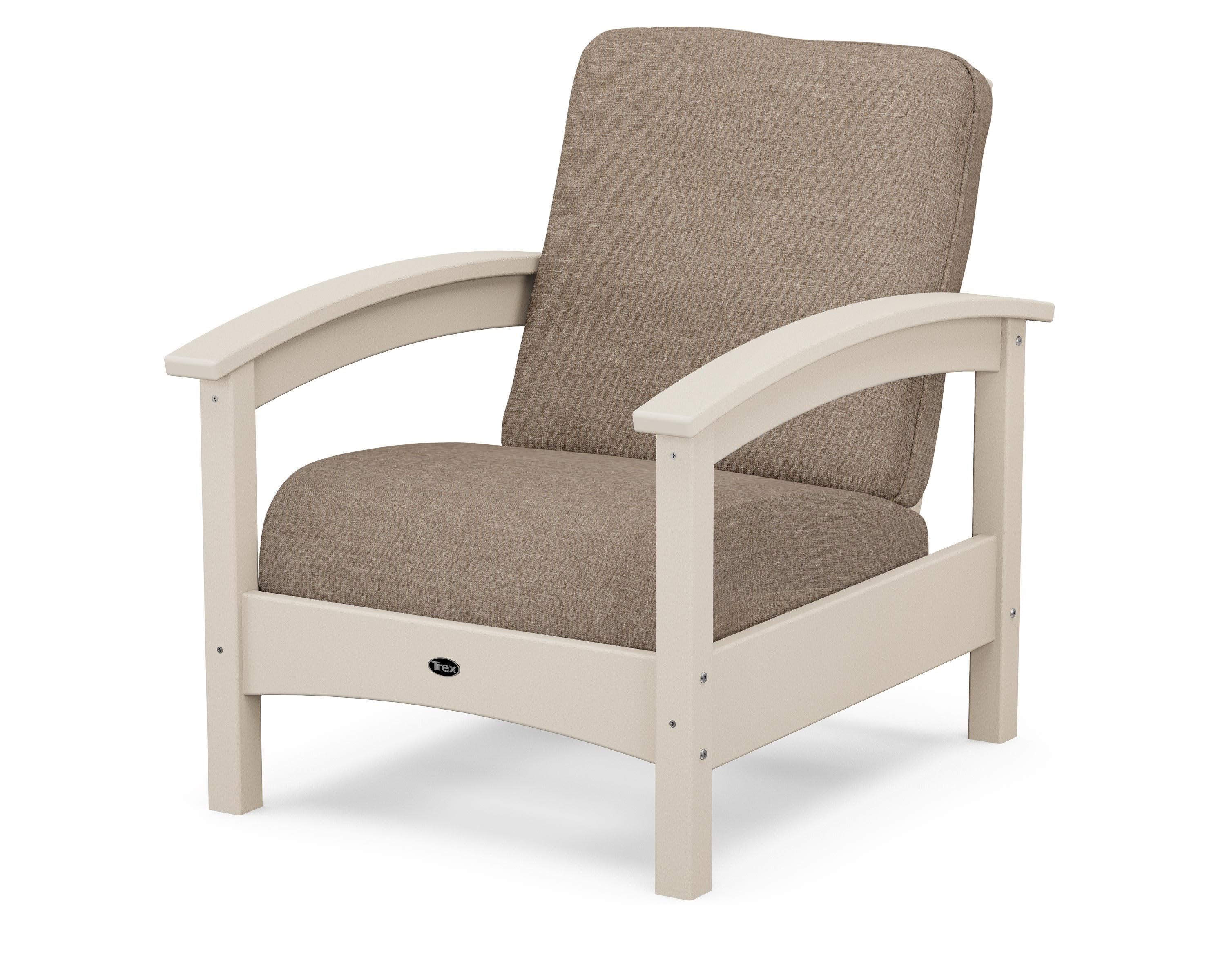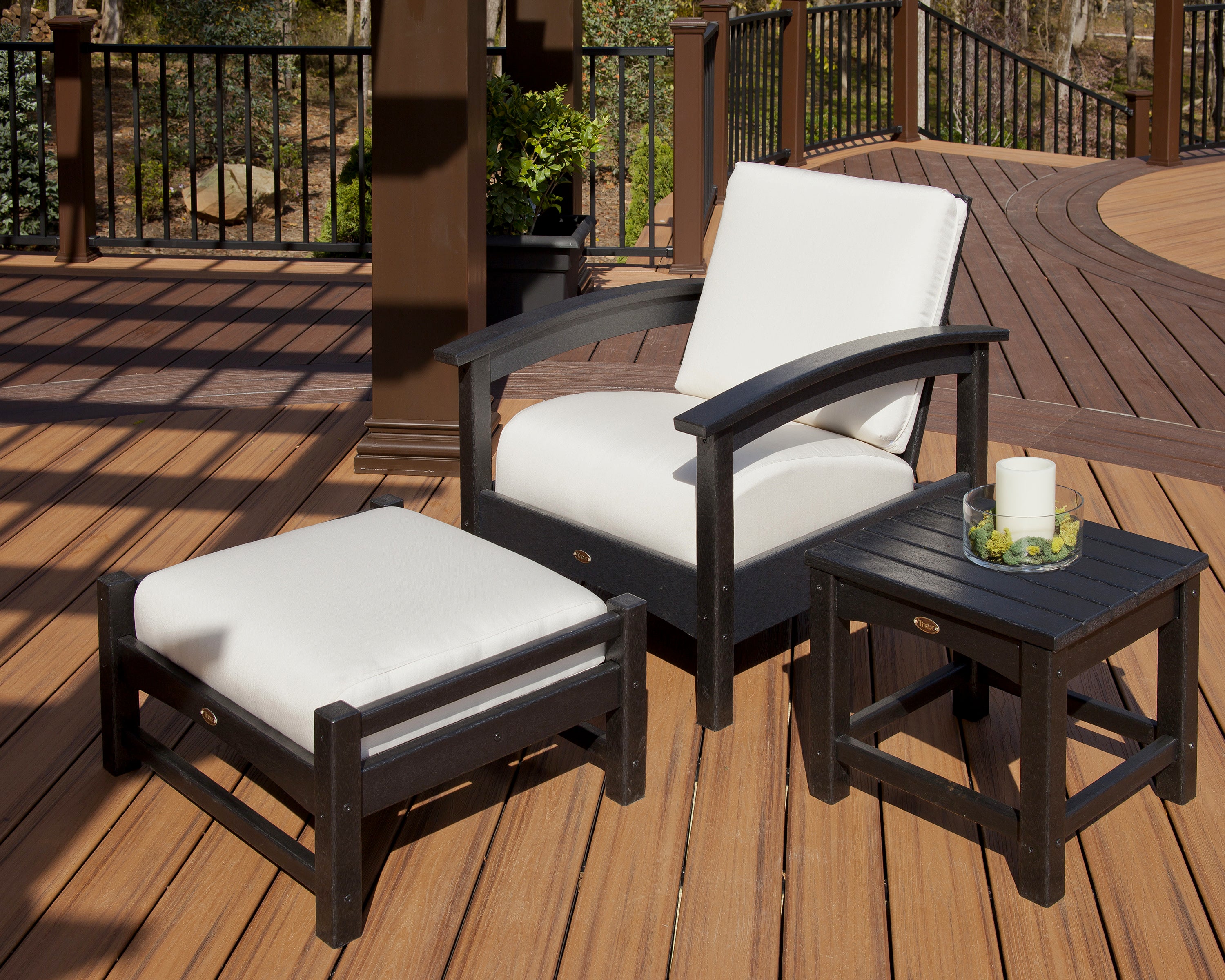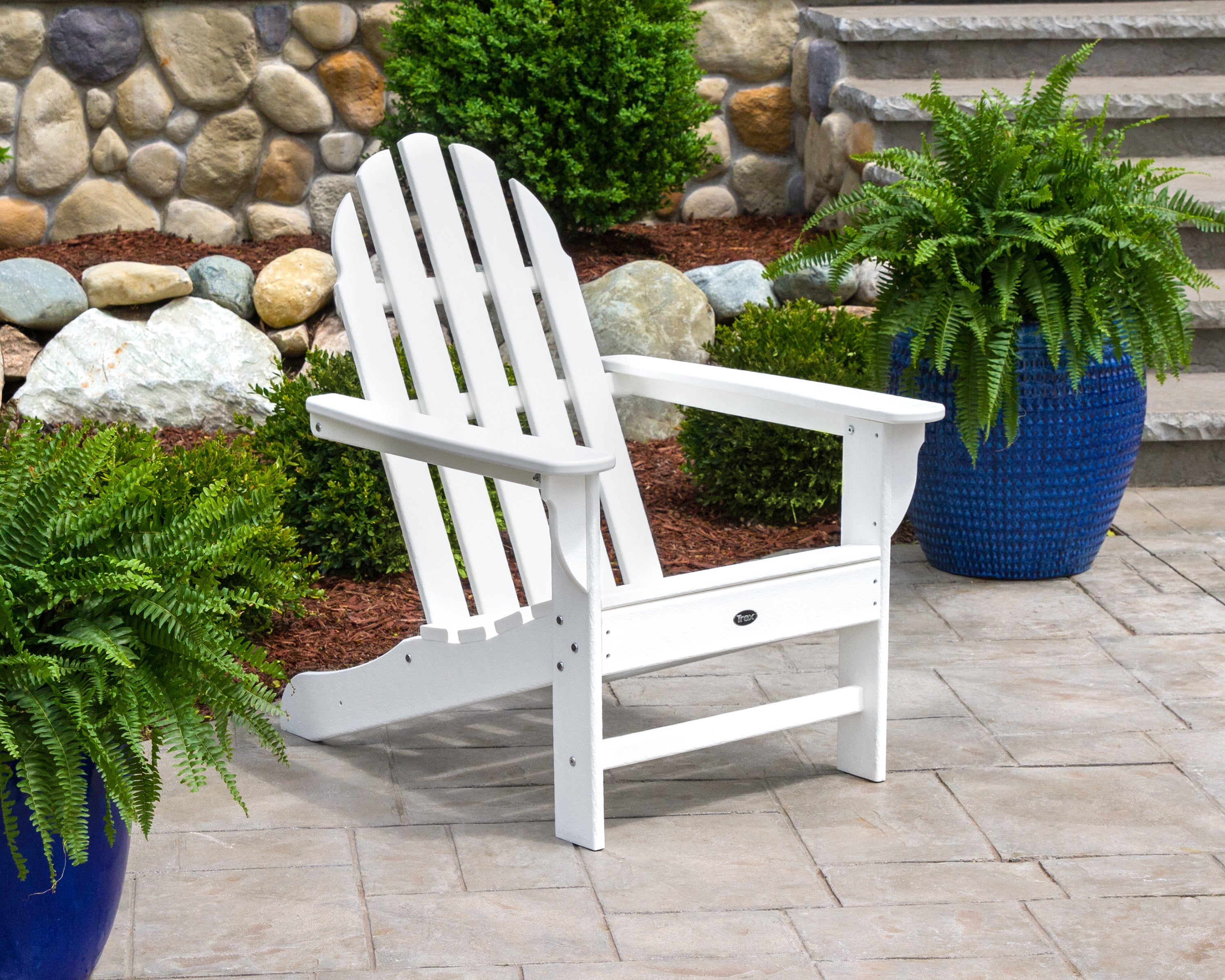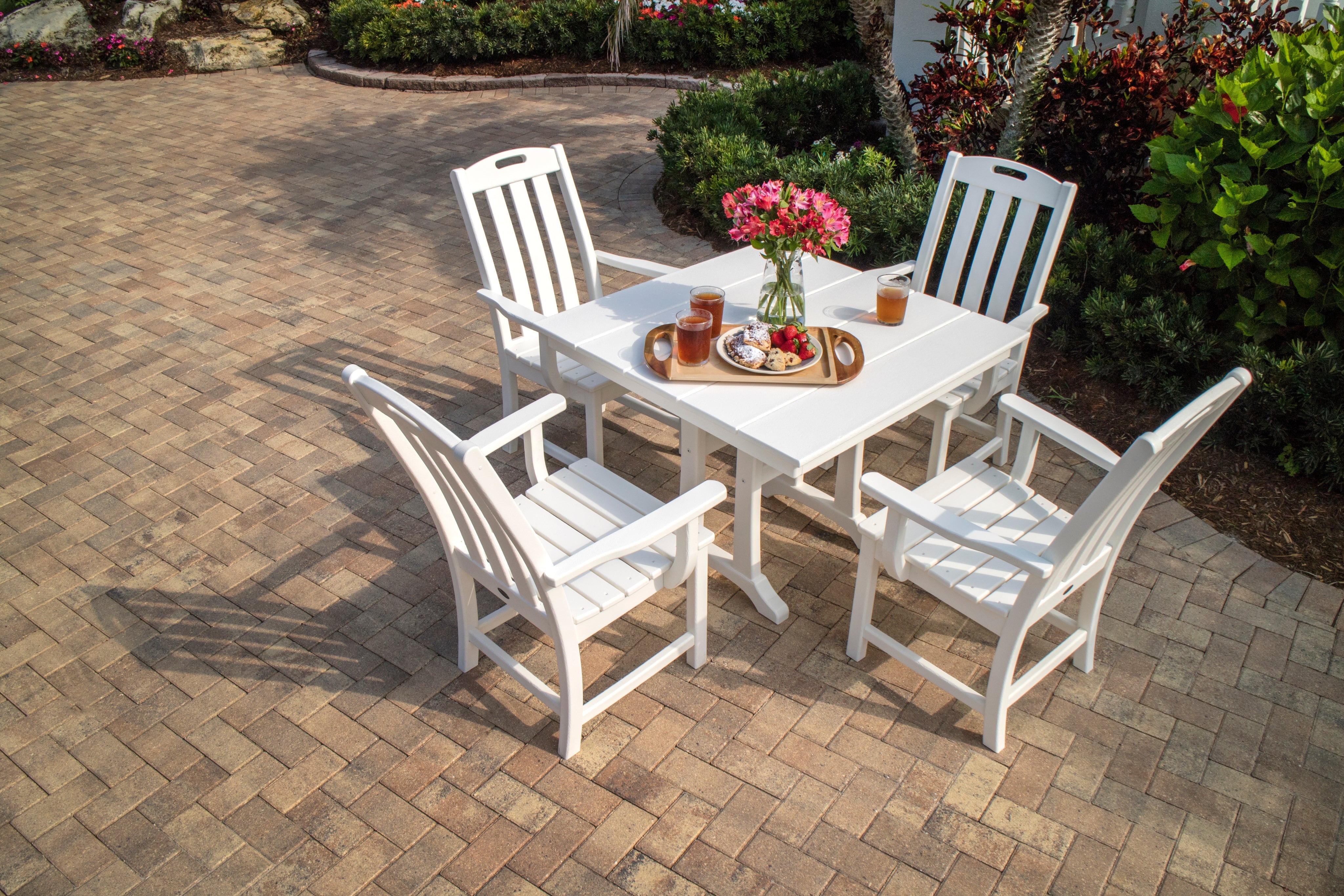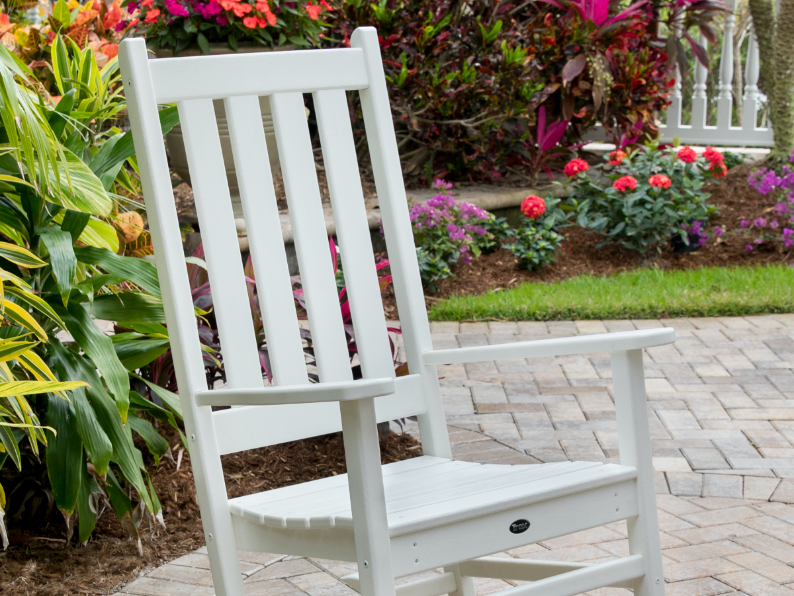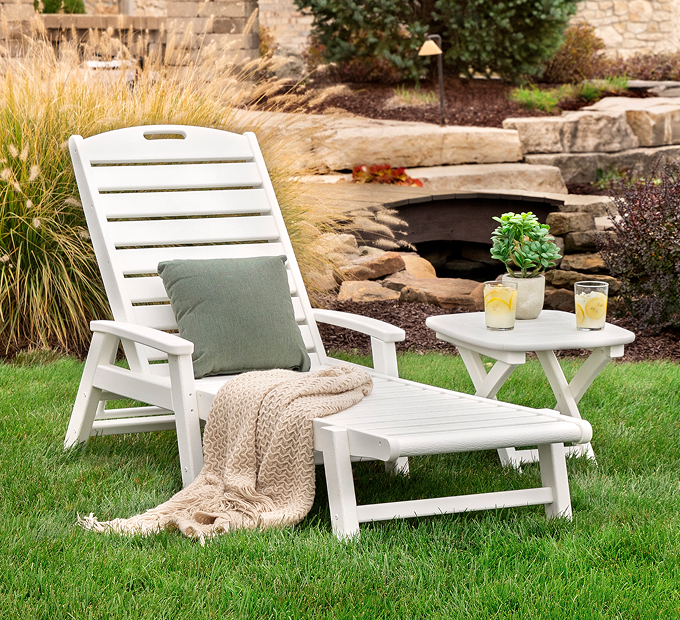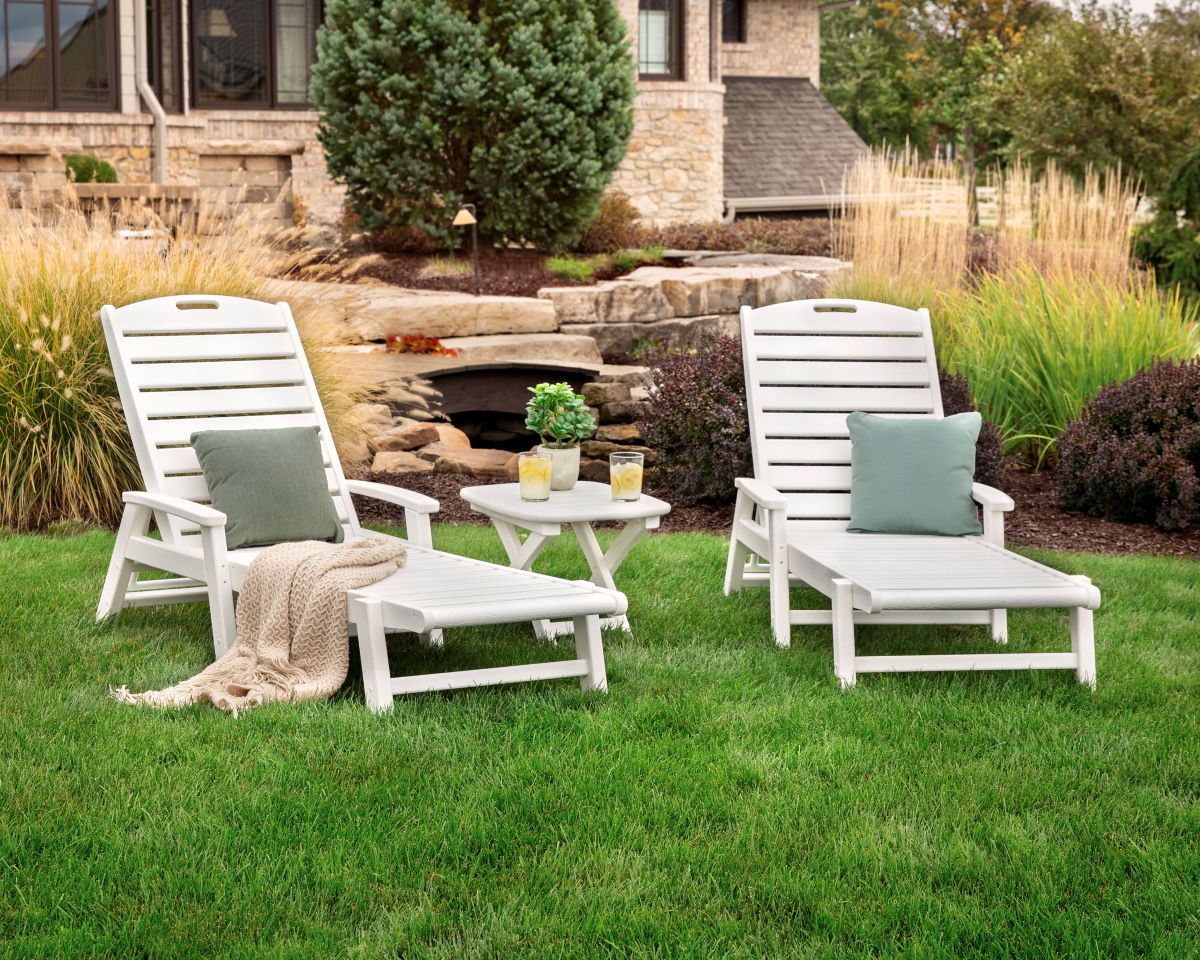

They’re popular both as indoor furniture and by the pool. The chaise lounge—or, what the French more accurately call “chaise longue,” translated as “long chair”—has an extremely long history that extends far beyond the chair’s length.
Over the centuries, it has had many names and taken on various forms—chair, daybed, divan, loveseat, recamier, kline, meridienne, fainting couch, deck chair, and lounge chair. But no matter what you call it, all these terms refer to a classic, long-seated chaise lounge style.
The Ancient History of Reclining
An important piece of furniture in ancient Egypt, the chaise lounge served as a hybrid of a daybed and chair, providing a place to rest— a break, if you will, from the heat of the day in dry desert climates. Cleopatra herself, the queen of temptation, used a chaise, and these chairs symbolized luxury and wealth while offering the sitter comfort and style.
Those ancient lounge chairs were crafted from cord, woven palm fronds, and rawhide. Later versions of the Egyptian chaise lounge had built-in stone or wooden headrests and a slightly slanted long chair section, and archaeologists uncovered intact furniture from ancient tombs dating back to 3100 BC.

We’ve all seen stone carvings and images of toga-clad Greeks reclining on chaise lounges while servants fan them with palm fronds and perhaps feed them grapes. The Greeks called them “klines,” a term from which the word “recline” is derived. The Greeks, the Etruscans, and the Romans often replaced traditional dining chairs with a combination of the chaise, allowing guests to recline as they served themselves food and wine from the table.
In harmony with the culture's Zen principles, in the Far East, the Chinese adopted the chaise as a common piece of outdoor furniture in gardens—a way to unwind surrounded by nature and fresh air. (However, it should be noted that the more upscale opium dens also provided guests with chaise lounge chairs to relax on.)
Form, Function, and Fainting Ladies
In the Victorian Era, chaise lounge chairs gained popularity as a respite for tightly corseted ladies who needed to take a break. These “fainting couches” featured a back with one high, curved arm—a perfect backdrop for a dainty arm as the lady in question wilted from the heat.

There’s an episode of “Mad Men” where Betty Draper brings home a luxurious brocade-upholstered chaise longue because she felt “overwhelmed.” Although it might have been somewhat outdated for the mid-to-late 1960s, many formal living rooms still featured some type of chaise.

From the late 1920s into the 1960s, chaise lounges served as a perfect example of a “form meets function” piece. Renowned architects and designers experimented with the chair’s design, keeping the chaise at the forefront of the prefab revolution.
In 1928, the famous architect Le Corbusier collaborated with fellow Bauhaus members to design a sleek, metal-framed chaise that provided users with exceptional flexibility. The occupant could tilt the frame to raise the head or lower the feet, or vice versa. Sanitariums for recovering tuberculosis patients in the Swiss Alps featured chaise lounges that resembled a cross between a hospital bed and a recliner.
Charles and Ray Eames, the renowned designer duo celebrated for their molded chairs, designed distinctive fiberglass shell chaise lounges with tubular steel legs—an iconic look that truly captures the mid-century modern style.

Outdoor Living in a Lounge Chair
At the turn of the 20th century, when the Industrial Revolution had helped streamline some processes, an idea started to grow that people should be allowed some form of leisure—time away from the hard work of previous generations.
As a result, outdoor living grew in popularity, and outdoor furniture became popular too. The chaise lounge chair, in particular, remained a common outdoor fixture, whether by a pool, on a cruise ship deck, or in a backyard patio.
The most popular style of the modern outdoor chaise lounge features two low arms, a tall, contoured back, and a long, slightly sloped seat for maximum comfort. Like other patio furniture, the chaise comes in a variety of materials, from HDPE lumber to natural woods like teak, pine, and cedar.

Trex Outdoor Furniture offers the stackable Yacht Club Chaise with Arms, with a comfortable slatted design that works well alone or with a plush all-weather performance cushion.
No matter where it came from, how it has been used throughout history, or what it's called, you don’t need to be a Greek goddess or Marilyn Monroe to enjoy the comfort of a chaise lounge.
